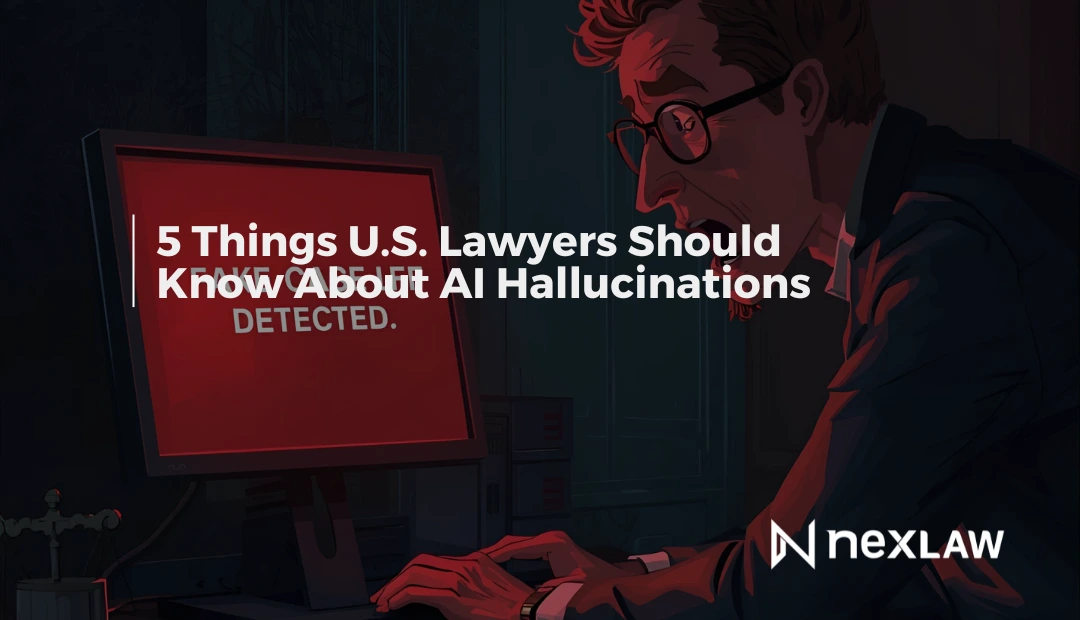AI Compliance for U.S. Firms: Avoiding Client and Court Backlash
The Rise of AI in Legal Practice and the Growing Pressure to Comply
AI tools are now everywhere in the legal field—from client intake to legal research to trial preparation. But as these tools grow more sophisticated, they also draw more scrutiny from clients, judges, regulators, and even opposing counsel.
Unlock Legal Insights Instantly!
Compliance is no longer just about data protection or cybersecurity. It now includes how your firm uses artificial intelligence.
Missteps in how AI is deployed or reviewed can lead to client distrust, malpractice claims, and even court sanctions. This article outlines what AI compliance means for law firms and how you can avoid becoming the next headline.
Why AI Compliance Now Demands Attention
Legal tech adoption is outpacing regulation, but that gap is closing fast. Several U.S. courts and state bars have already begun issuing guidance or opinions about how AI should and should not be used in legal practice.
From New York to California, regulators are asking the same questions:
- Are lawyers reviewing AI outputs before use?
- Are client data and confidentiality protected during AI use?
- Are firms documenting their AI-assisted workflows?
- Are ethical and legal standards still being upheld?
The answers to these questions will determine whether your firm is compliant—or vulnerable.
Top Compliance Risks Law Firms Must Watch
| Compliance Risk | Potential Backlash |
|---|---|
| Using non-legal AI tools for casework | AI outputs may include hallucinations or unverified citations |
| Failing to review AI-generated drafts | Courts may penalize you for submitting false or misleading arguments |
| Inputting client data into public AI | Could breach confidentiality or data protection laws |
| Not disclosing AI use to clients | Damages trust and transparency, risking malpractice claims |
| No audit trail of AI involvement | Leaves firm unable to prove due diligence or defend against complaints |
What AI Compliance Looks Like in Practice
Compliance is not just about what tools you use, but how you use them. Here are core pillars for firms seeking to stay compliant:
1. Internal Documentation
Every use of AI in your legal workflow should be traceable. This includes:
- What tool was used
- What data was input
- What output was generated
- Who reviewed it before delivery
2. Client Consent and Transparency
Clients have a right to know if AI is being used in their case. Include clear language in your engagement letter or terms of service explaining:
- What AI will be used for
- What data may be processed
- What review processes are in place
3. Human-in-the-Loop Review
No AI output should be submitted to clients or courts without human attorney review. Courts have made it clear that AI cannot take responsibility for legal arguments.
4. Jurisdictional Awareness
Different states may have different guidelines. Stay informed about state bar opinions and local court rules on AI usage.
How to Build a Compliant AI Workflow in Your Firm
- Choose Legal-Specific AI Platforms Do not use open AI platforms that are not trained on legal content or lack audit controls.
- Establish a Review Chain Assign an attorney to review all AI-assisted content, from research summaries to drafted pleadings.
- Create Internal Policies Write and distribute your firm’s policy on AI usage. Cover tool approval, review requirements, and documentation standards.
- Audit Quarterly Review your AI tool usage every quarter to ensure ongoing compliance, and update your policies as needed.
- Train Staff Regularly All legal and administrative staff should be trained on the risks and rules related to AI tools.
What Clients Expect Today
In 2025, clients are more tech-savvy than ever. Many will expect law firms to use AI—but they will also expect ethical boundaries, security controls, and full accountability.
If a client discovers that their data was uploaded into a generic chatbot without consent, or if a lawyer sends them AI-generated advice with errors, that relationship may be lost for good.
Firms that make compliance visible will build stronger trust and retain more clients.
How NexLaw Helps Firms Stay AI-Compliant
Compliance is no longer a side note in legal technology adoption. With courts scrutinizing AI use and clients expecting transparency, law firms must implement tools that support ethical, verifiable workflows. NEXLAW was built specifically for this new era of accountability.
From research to courtroom preparation, NexLaw prioritizes attorney oversight, auditability, and data protection in every feature.
Built for Legal Oversight and Control
- NeXa delivers legal research based on source-linked citations and jurisdiction-specific filters, ensuring everything can be traced back to its legal origin
- ChronoVault 2.0 stores, links, and maps case documents while safeguarding client confidentiality—no data is ever used for training
- TrialPrep creates litigation timelines and arguments with structured prompts, but lawyers maintain full control at every review point
These features are designed to work with human judgment, not replace it. NexLaw supports compliance by ensuring every action is visible, attributable, and verifiable.
Final Takeaway: Compliance Starts With the Right Tools
The legal industry is entering a new phase of accountability. Regulatory bodies and courts are no longer asking if AI was used. They are asking how it was used and whether proper oversight was in place.
Noncompliance is not just a technical concern—it is a legal and reputational risk. With NEXLAW, law firms can move fast without cutting corners.
- Try it with a 3-day free trial—no credit card required
- Want to explore full workflow integration? Get the 7-day trial—credit card required
- Need help navigating compliance in practice? Book a demo call with our legal tech experts
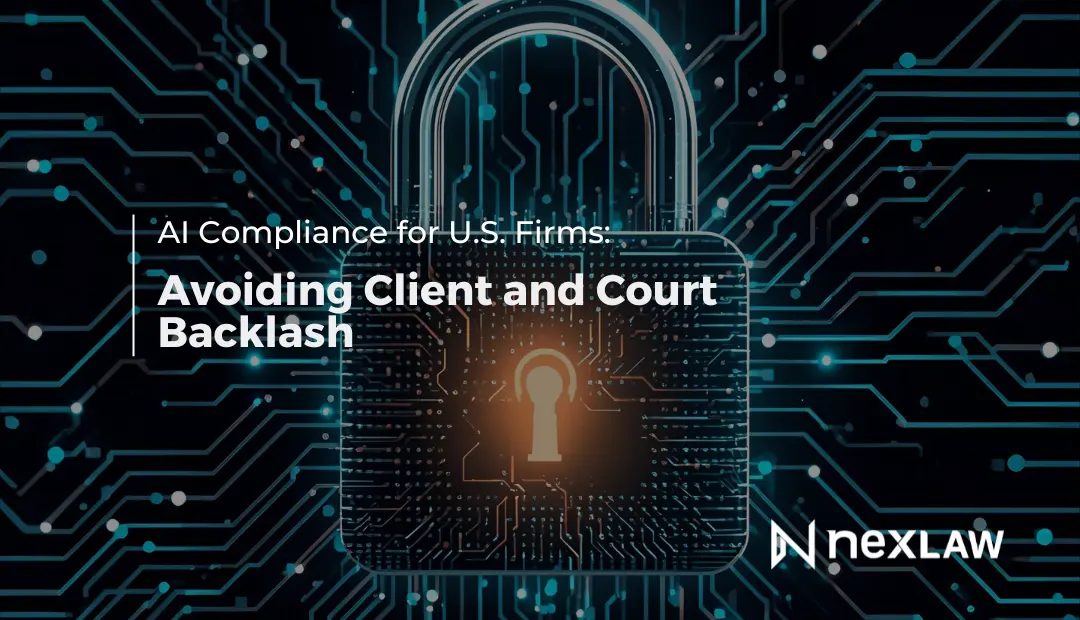
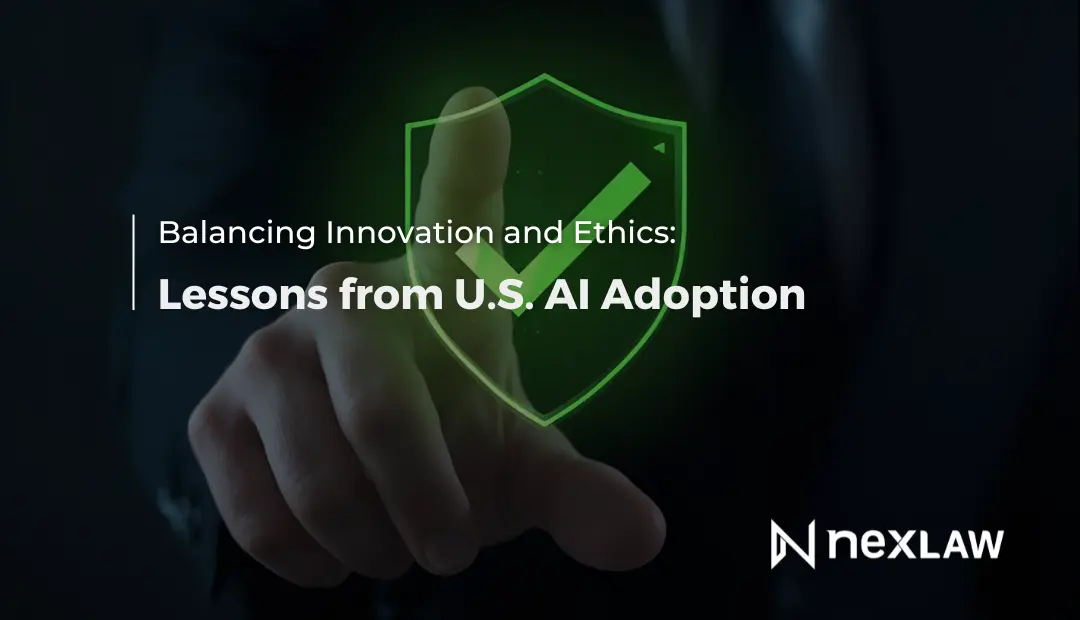
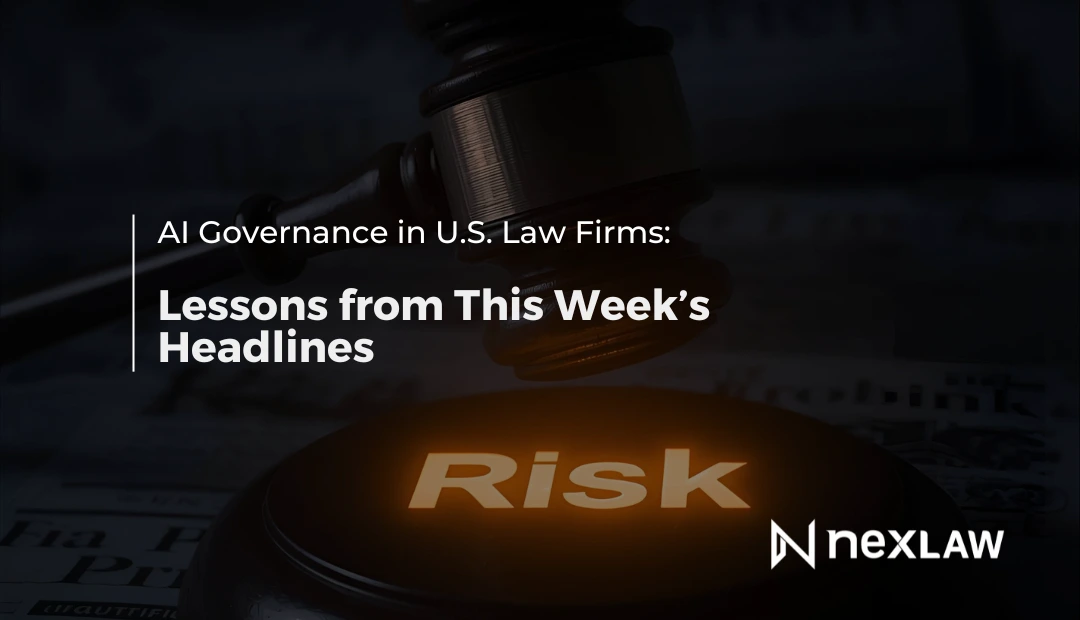
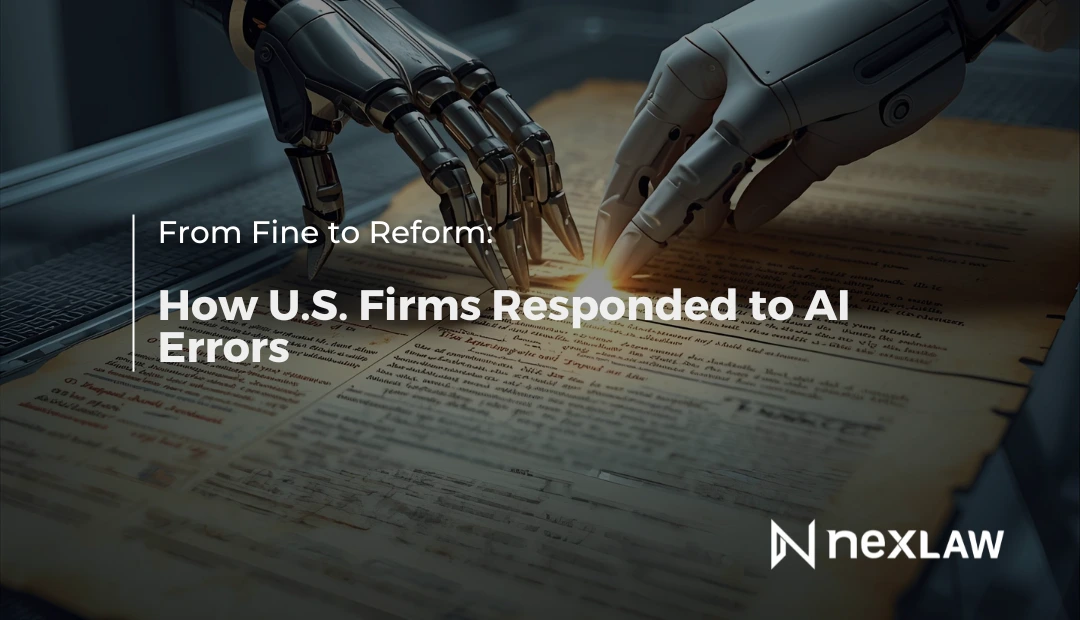
.webp)
